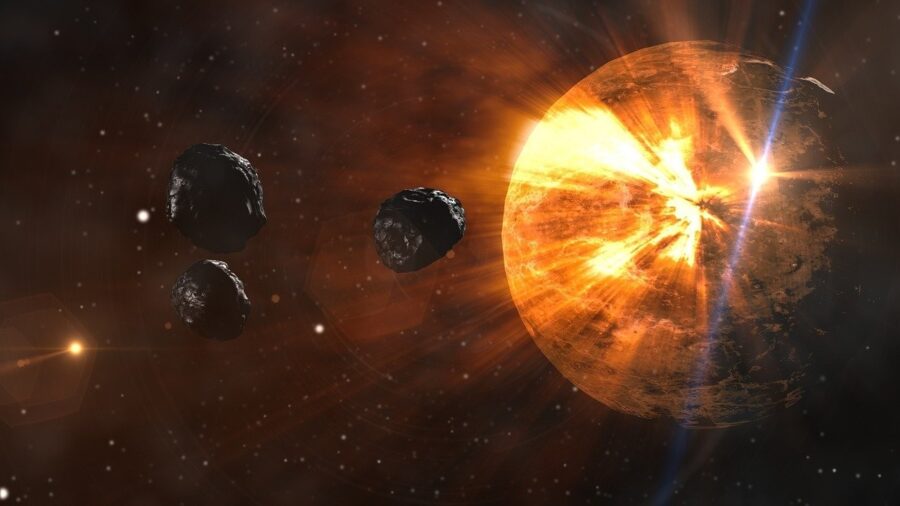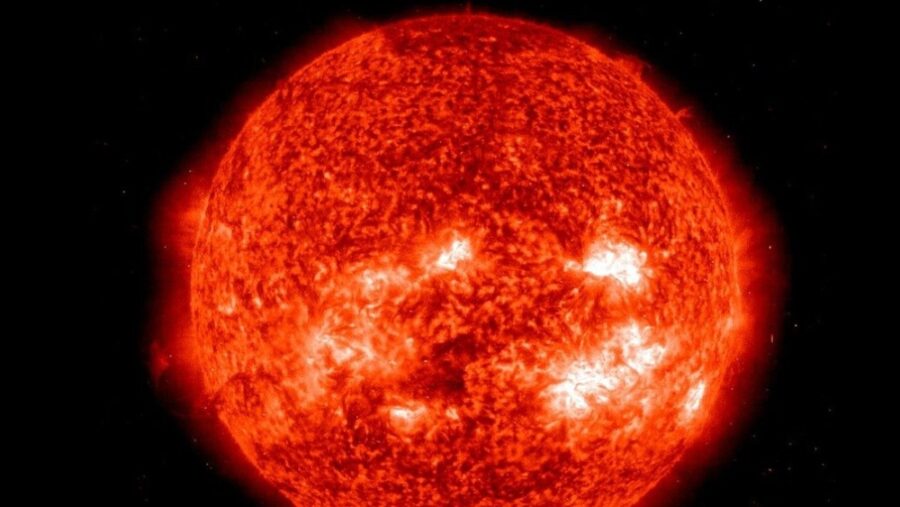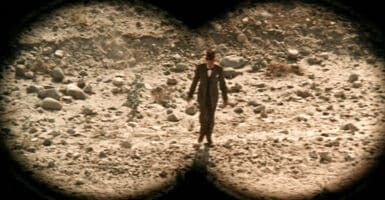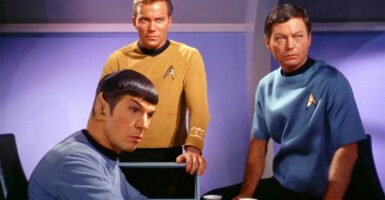NASA Found The Brightest Object In The Universe
A new star has been discovered that is brighter than anyone thought possible, exceeding the brightness of our own Sun by 10 million times.

Things are looking bright at NASA, and not just because they are sending people back to the Moon. A report in the Astrophysical Journal details the discovery of an ultra-luminous X-ray source (ULX) in space brighter than anyone thought possible, exceeding the brightness of our own solar system’s star by 10 million times.
The object in question is called M82 X-2, and it was observed by NASA’s Nuclear Spectroscopic Telephone Array (NuSTAR). M82 X-2 is significant, not just because it is brighter than any star ever found, but because it exceeds what scientists call the Eddington limit.
Originated by English astronomer Sir Arthur Eddington, the Eddington limit describes a state of balance called hydrostatic equilibrium. Basically, the outward force of an object’s radiation and the inward force of its gravity are matched, causing any surrounding matter to be suspended in equilibrium instead of going into orbit or crashing into the object.
This led astronomers to a reasonable explanation as to why ULXs appear so bright. It was supposed that ULXs were black holes that had hit the Eddington limit. The suspended debris around them would heat up and burn bright, causing them to appear brighter than they actually were. In 2014, that theory was disrupted by the discovery that M82 X-2 is actually a neutron star.
Neutron stars are extremely dense. They pull with more gravitational force than almost anything in the known universe – roughly 100 trillion times more than Earth. When debris from space gets pulled into gravity that strong, it collides with the neutron star and explodes with brightness.
For context, NASA estimates that an object the size of a marshmallow colliding with a star like that would emit the energy of 1,000 hydrogen bombs.

Through observation and calculation, scientists estimated that M82 X-2’s gravity was pulling in enough debris to account for the ULX’s brightness exceeding the Eddington limit without the bright burn of dust and debris around it. All the brightness is coming from collisions on the neutron star itself.
But how would a neutron star like M82 X-2 achieve that brightness without reaching hydrostatic equilibrium? Scientists believe the answer has to do with intense magnetic fields so powerful they cannot be replicated on Earth.
The idea is that the magnetic fields produced by this particular neutron star are so strong that they distort the shape of nearby atoms, allowing them to slip through the otherwise overwhelming outward force of the ULX’s photons.
The magnetic field theory is just one possible explanation for how the neutron star M82 X-2 achieves its record-breaking brightness. However it gets there, NASA has enough evidence to support the claim that this ULX does exceed the Eddington limit, making it the brightest recorded object in the universe.
This particular finding, however, cannot be assumed to account for all ULXs. Scientists must continue to research more of these brightness anomalies before any broader claims about ULXs and the Eddington limit can be made.
As astronomers make plans to return to the Moon and explore Mars, the study of deep space continues to reveal incredible things about the universe – at least in the places the universe is willing to share. For now, science has proven, at least in one case, the universe is brighter than ever thought possible.












